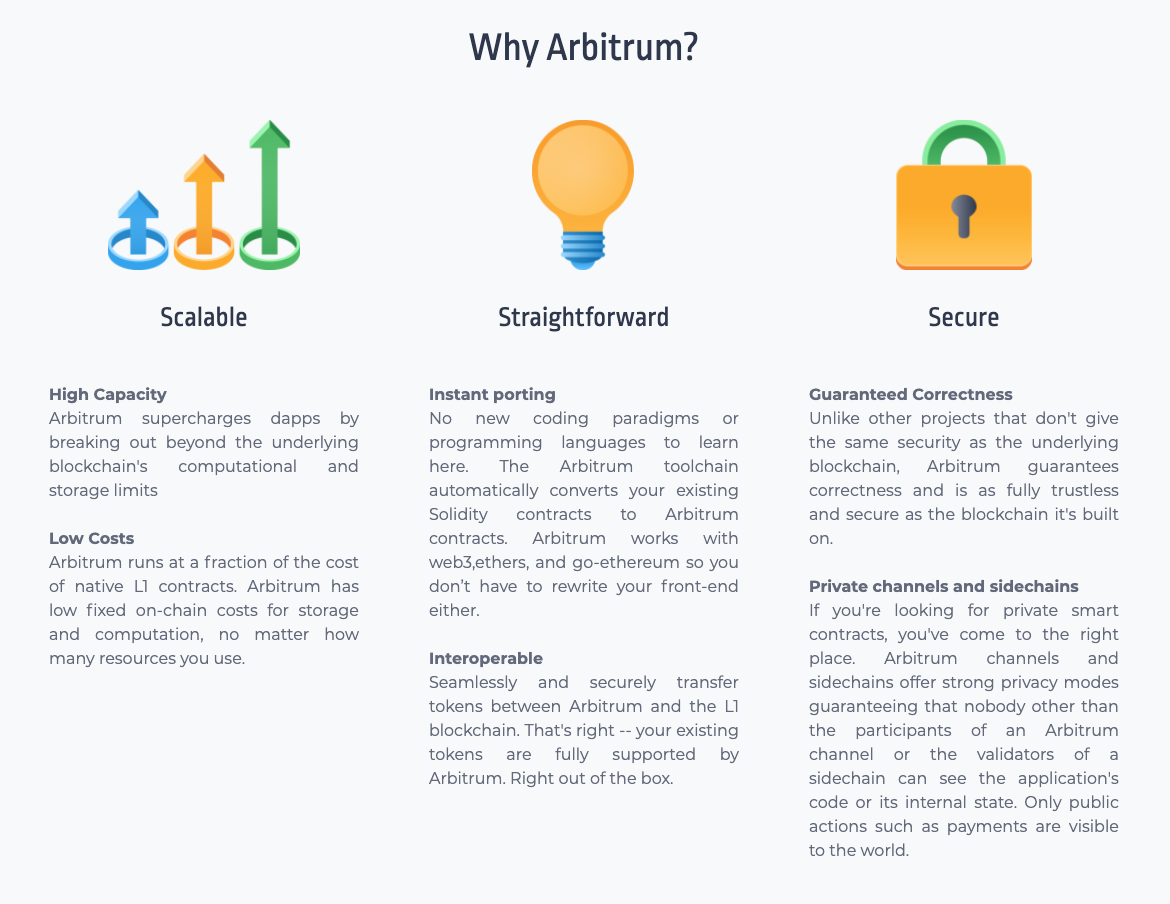Arbitrum looks to significantly lower transaction costs and increases the speed of transactions across the entire Ethereum network.
Scaling Ethereum
During the crypto markets crash around mid-May, Ethereum transaction costs spiked to record highs. The gas prices reached as high as 1,500 gwei with DeFi users reporting Ethereum transactions costing upwards of $1,000. Gas refers to the fee that is necessary to successfully transact or execute a contract on the Ethereum network. That is an enormous amount of money to pay, to just transact.

The Ethereum miners earned a record $110 million plus during a single day thanks to the record high gas fees. The crash may have been huge for miners, but for Ethereum investors, many believe it’s time to bring about a system that would eliminate such high transaction costs.
The issue is Ethereum was built with a focus on security and decentralization over efficiency. In recent years, this dynamic has buckled under the growing Ethereum price and high demand for transactions.
Roll Ups
Arbitrum, an Ethereum scaling platform, looks to deal with this issue of high network fees. The protocol would offer a drastically higher throughput of transactions with gas fees that are 270 times lower.
Arbitrum looks to achieve these metrics by using rollup technology. How rollups work is they bundle thousands of sidechain transactions together into a single transaction. Then, the main chain can verify and if that single transaction is correct, it proves the validity of all the bundled transactions together.
Benefits To the Users
So how does Arbitrum help DeFi users? Crypto investors on the Ethereum network will be able to trade on the Arbitrum version with popular decentralized apps like Uniswap for just a few cents with faster transaction speed.
The benefits of the Arbitrum launch doesn’t stop there. Offloading a significant amount of transaction volume off-chain will have ripple effects on the Ethereum network. Currently, Uniswap is one of the biggest gas consumers in the Ethereum marketspace. If Uniswap’s volume leaves the main chain, the rest of the transactions on the Ethereum network will charge significantly less in gas fees.
This layer 2 scaling solution could be a huge win for Ethereum. For those who don’t know, layer 2 solutions are designed to help developers scale applications by handling transactions off the Ethereum mainnet (layer 1), while at the same time taking advantage of the robust decentralized security model of the Ethereum mainnet.
Concluding Thoughts
The Arbitrum layer 2 scaling solution would be huge for Ethereum. At the moment, high gas fees and slow transaction times are big pain points for the Ethereum protocol. A solution to speed up transaction time and lower fees while using the security model of the Ethereum mainnet would be a tremendous incentive for Ethereum skeptics to hop aboard the platform. The Ethereum network shows little sign of stagnation, as they continue to roll out huge projects aimed to improve their protocol and investor experience. Currently the first iteration of the protocol is launched and being used by a select few protocols as mainnet launch approaches.
Arbitrum
Arbitrum is a Layer 2 cryptocurrency platform that makes smart contracts scalable, fast, and private. Arbitrum interoperates closely with Ethereum, so Ethereum developers can easily cross-compile their contracts to run on Arbitrum. Arbitrum achieves these goals through a unique combination of incentives, network protocol design, and virtual machine architecture. To learn more about Arbitrum, click here!
Source : bsc.news

Founded in 2020, BSCNews is the leading media platform covering decentralized finance (DeFi) on the Binance Smart Chain (BSC). We cover a wide range of blockchain news revolving mainly around the DeFi sector of the crypto markets. BSCNews aims to inform, educate and share information with the global investment community through our website, social media, newsletters, podcasts, research, and live ask me anything (AMA). Our content reaches hundreds of thousands of global investors who are active in the BSC DeFi space.
BSC NEWS is a private news network. All posts posted by this user belong 100% to bsc.news All rights are reserved to BSC NEWS for more information about BSC NEWS contact BSC NEWS HERE.




